The last straw
Plastic straws are contributing to the more than 8 million metric tons of plastic that end up in the ocean each year.
Imagine you are seated in a restaurant, be it fast food or sit down, sometimes ready to order your food and sometimes not, but good thing our drinks come before your food. No matter what drink we choose to order, it usually comes with a plastic straw. People tend to enjoy using straws mainly for sanitary purposes and I understand that. Drinking straight from the cup may not be the best idea, considering most restaurants only briefly wash the dishes. In addition, having a straw for fast food is convenient when on the run or in a car since it is not messy at all. So, not having plastic straws in our cups seems both peculiar and uncomfortable, doesn’t it?
But here it comes, a world with no plastic straws. It seems crazy to think of because plastic straws are part of our everyday life. It is said that Americans use five-hundred million straws a day, (but I think this number is higher). This is enough straws to wrap around the earth’s circumference two and a half times a day! It does sound believable though, and that is only counting the United States.
If we think about it, there are millions and billions of restaurants and fast food places all over the world. Adding on to that, how many people go out to eat every single day? Too many. Normally, every individual orders their meal with a drink and that drink usually comes with a plastic straw. Of course, most of us do not pay much attention to the straw placed in our cup because it is something normal, it is what is expected. In fact, we notice when the straw is missing in our cup because it seems odd.
If we stopped for a split second to think of the places where that one plastic straw placed inside the cup in front of us on the restaurant table will end up, we find that it can be pretty scary. A large amount of these plastic straws end up in the ocean along with other waste. Plastic straws are a danger to the ocean and wildlife. These straws can end up inside a baby turtle, an otter, or even a whale.
Sea animals eat plastic straws thinking they are food, leaving no space for food since plastic NEVER breaks down. This of course causes the animals to die of starvation, to get plastic stuck in their throat or their nose, and to simply not live a healthy or safe life. If this continues, we will have so much pollution and not as many wonderful sea creatures.
This issue has brought up awareness and many people are choosing to do something about it. Movements such as The Last Plastic Straw are striving to educate the public about plastic use and its effects on our health, environment, and oceans. This movement encourages the public to refuse using a plastic straw when at a restaurant or bar by simply requesting their drink with no straw. They also encourage people to substitute a plastic straw with reusable or naturally composable options.
This movement is spreading across the United States quickly. In the state of California, the cities that have banned the use of plastic straws are Alameda, Carmel, San Luis Obispo, Davis, Malibu, Manhattan Beach, Oakland, Richmond, and Berkeley. In Washington, Seattle and Edmonds. In New Jersey it is Monmouth Beach and in Florida it is Miami Beach and Fort Myers. New York City, Hawaii, and California have a pending straw ban legislation.
The more people get involved, the more it helps our oceans. If the movement continues growing, we will see some drastic positive changes in our environment, such as healthy animals and clean waters. All it takes is a simple “no straw please” and these words will go a long way.
By Lizbeth Guerra
Your donation will support the student journalists of Alisal High School. Your contribution will allow us to purchase equipment and cover our annual website hosting costs.

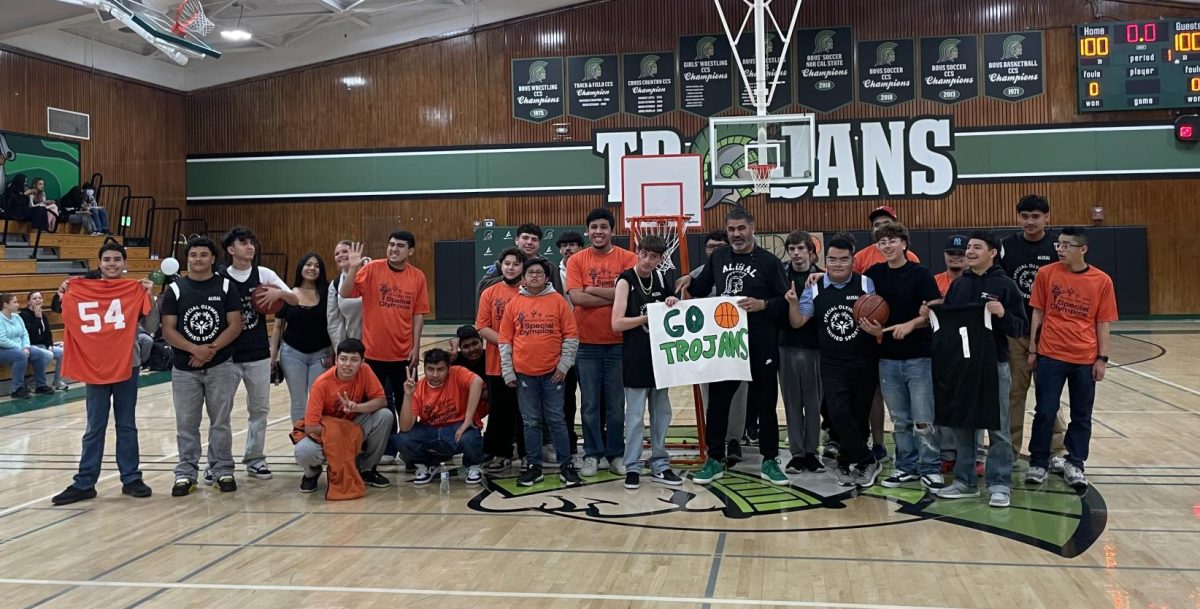


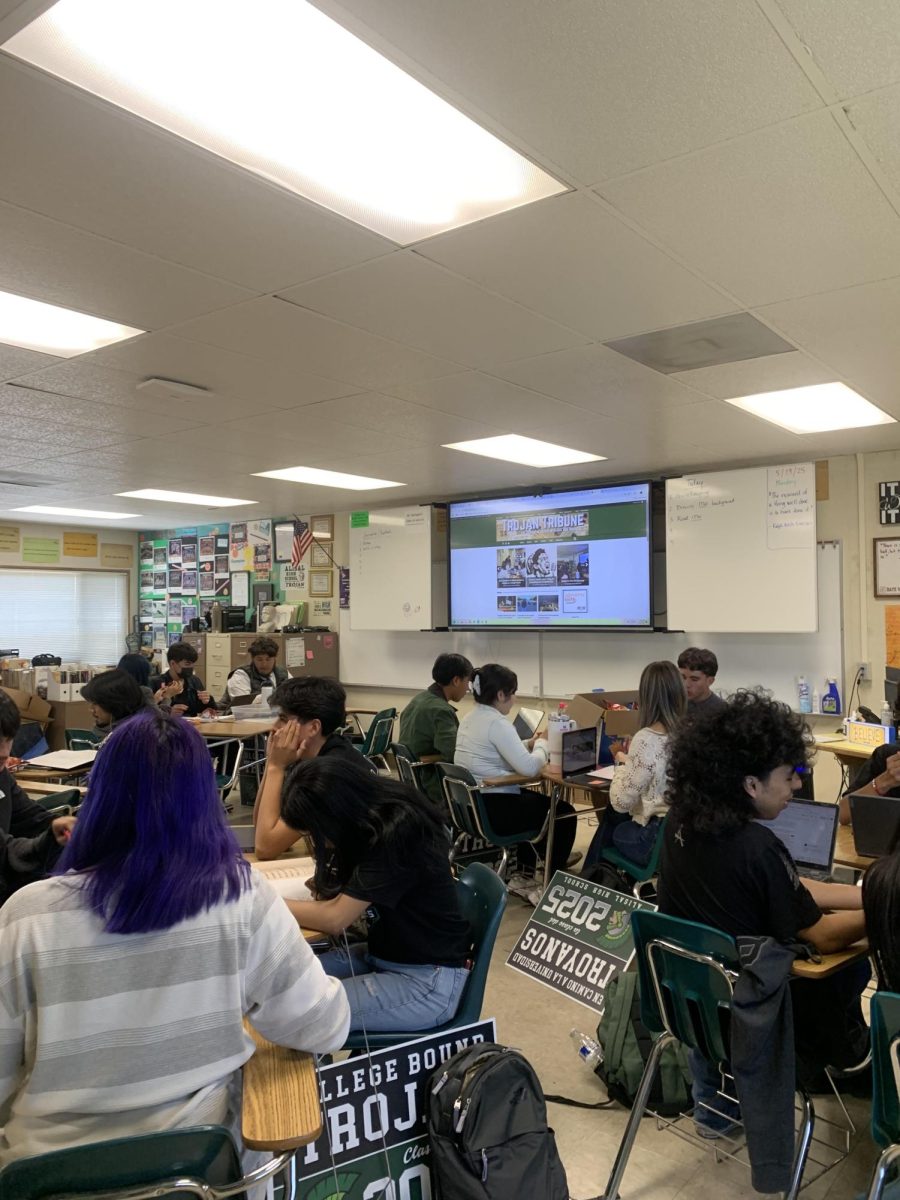

![Senior Jayden Duarte dives across the goal line for one of his five touchdowns in a dominant 62-40 victory over Monterey. It has been a highly successful season for Duarte, and he credits his coaches for putting him in positions to succeed and make key plays. “The goal is to help wherever the coaches need me, receiver, running back, [and] DB,” he said.](https://alisaltrojantribune.com/wp-content/uploads/2025/10/IMG_3599-2-1200x800.jpg)

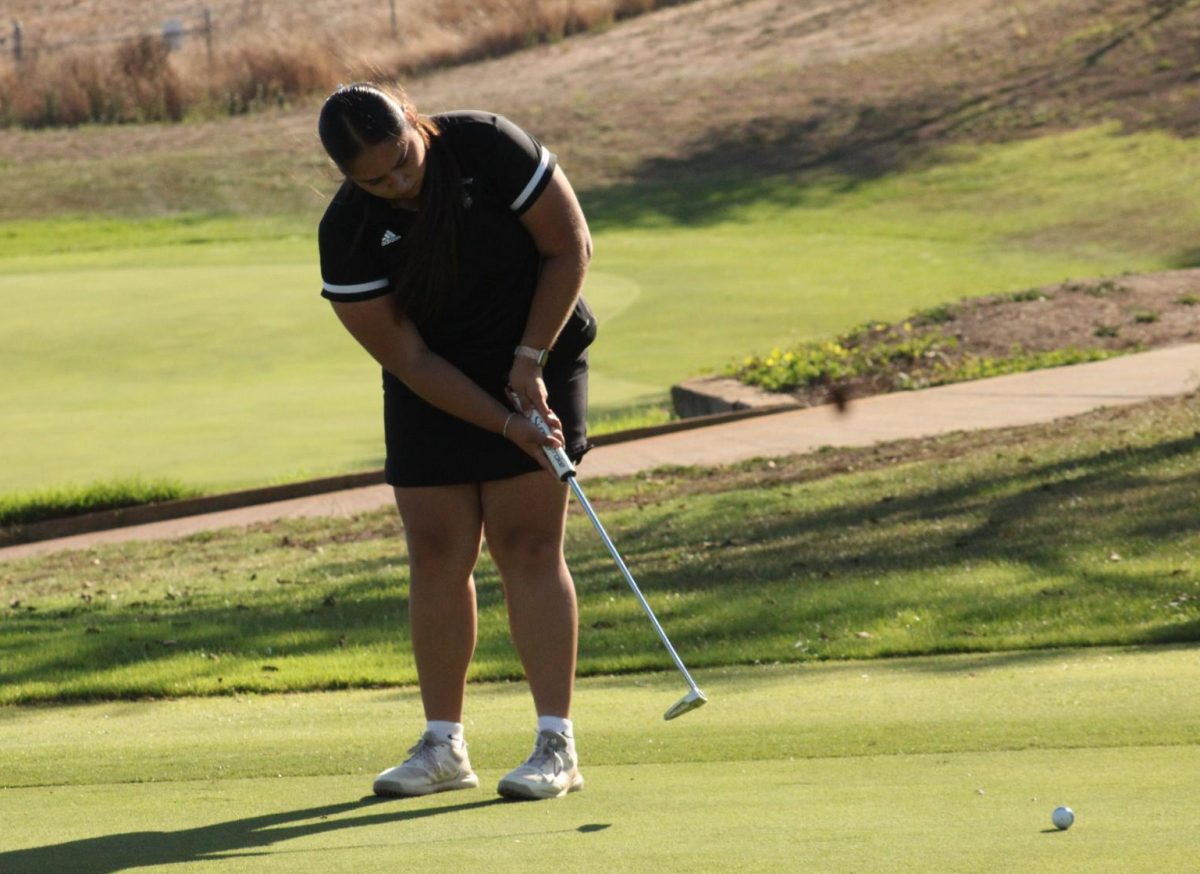
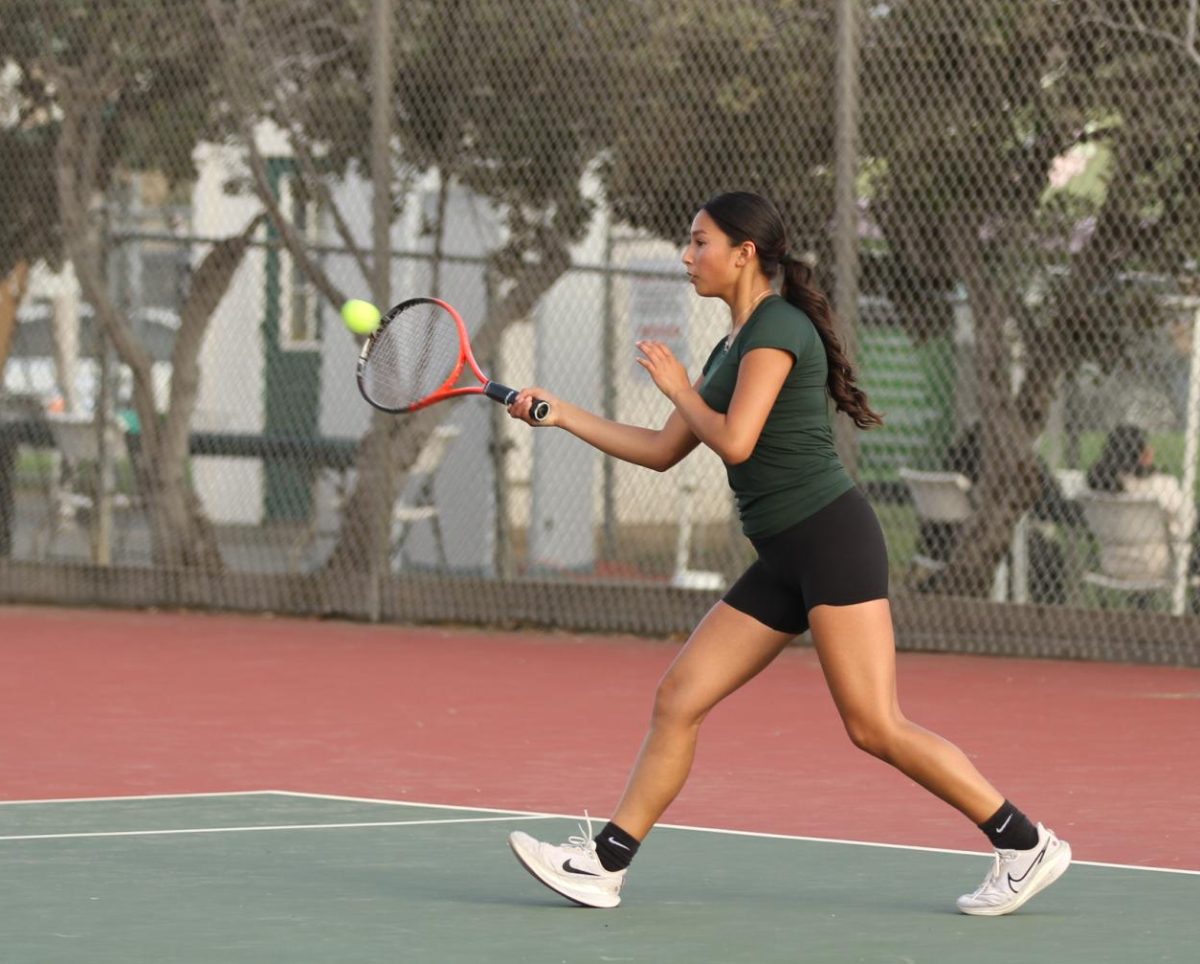
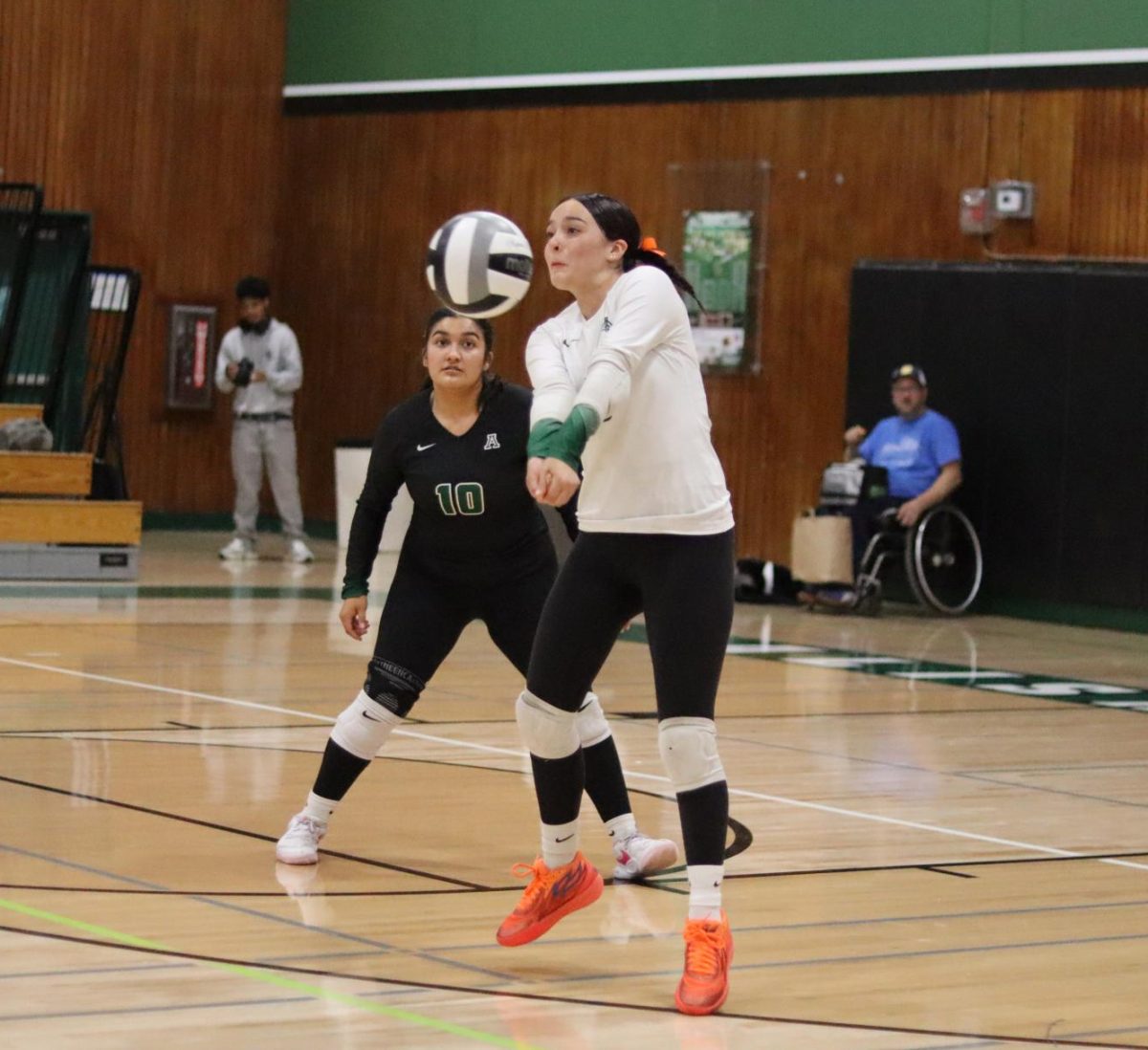




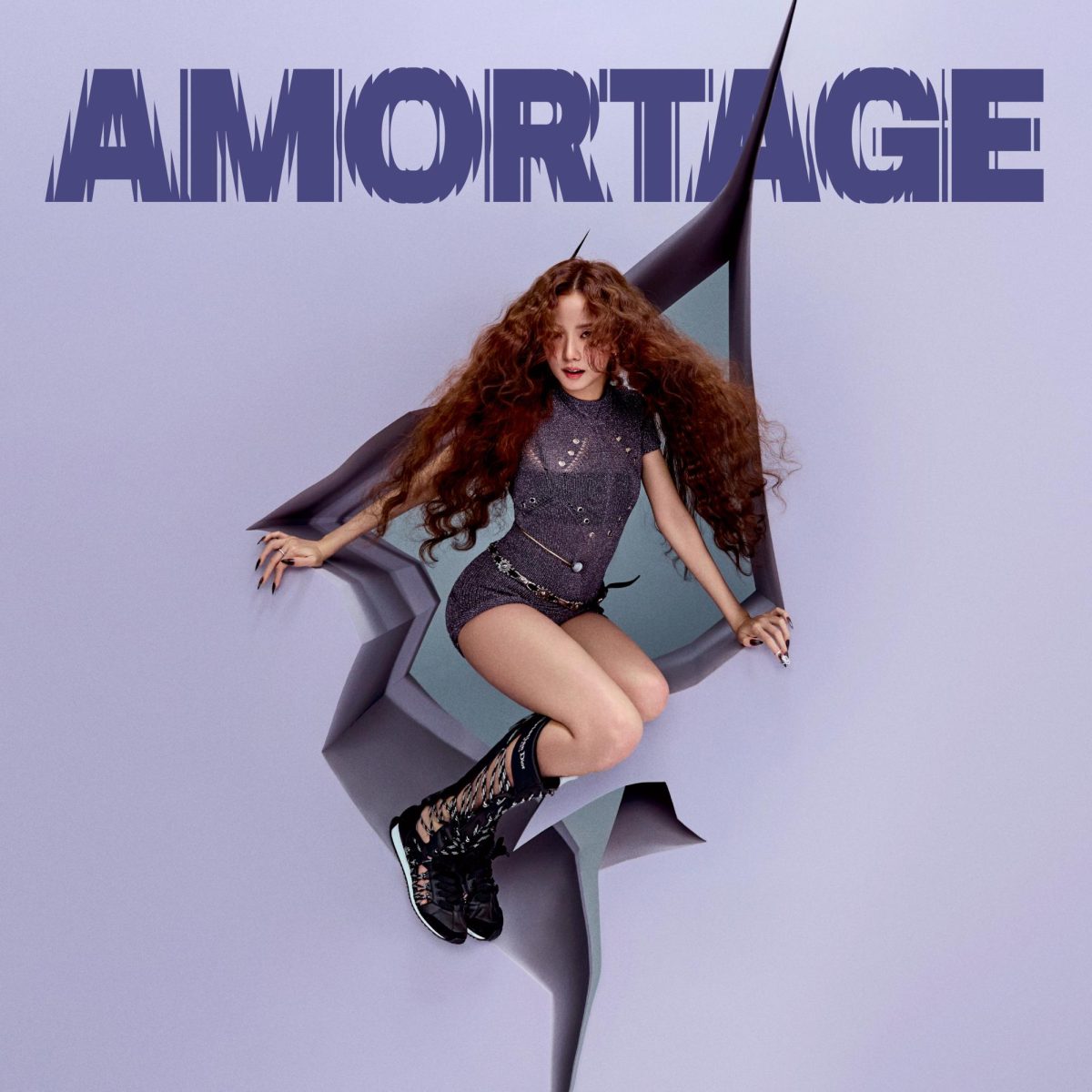

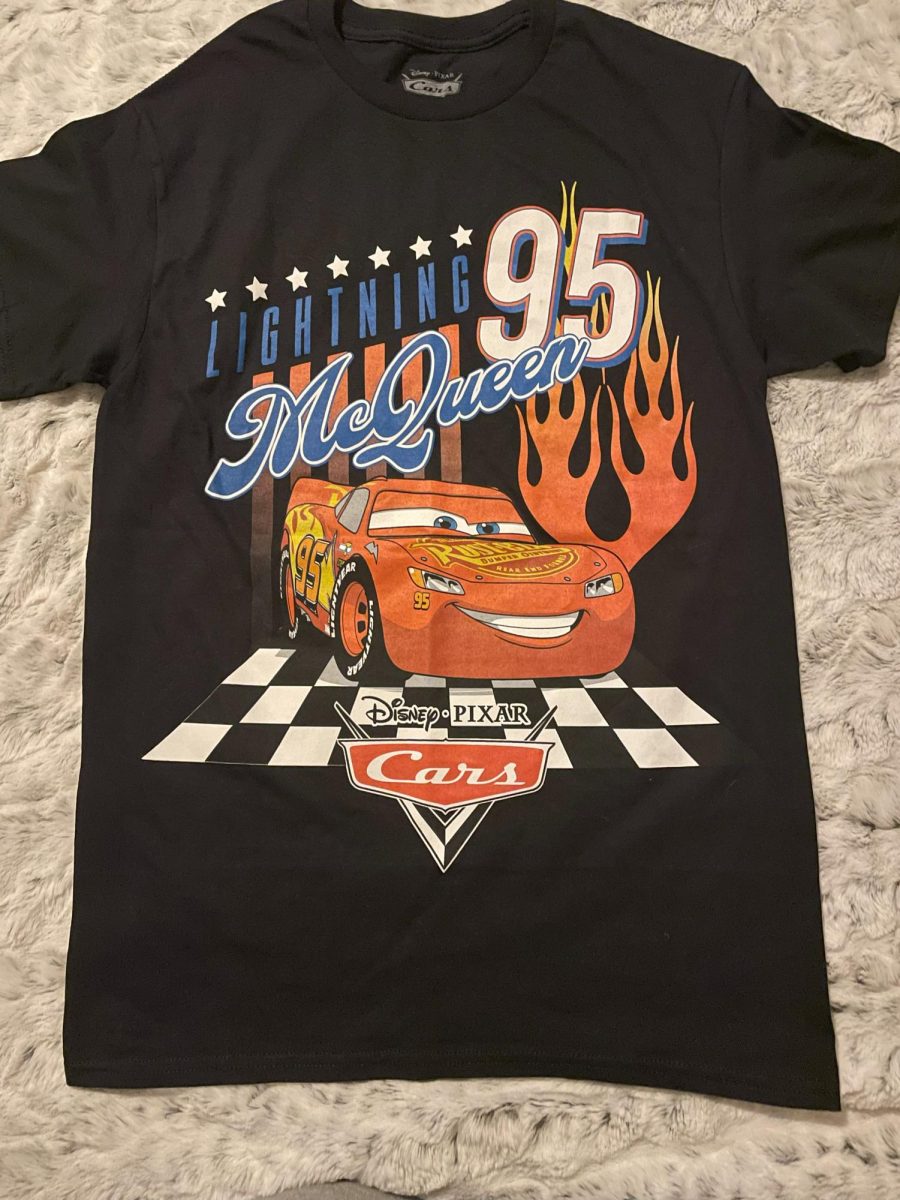





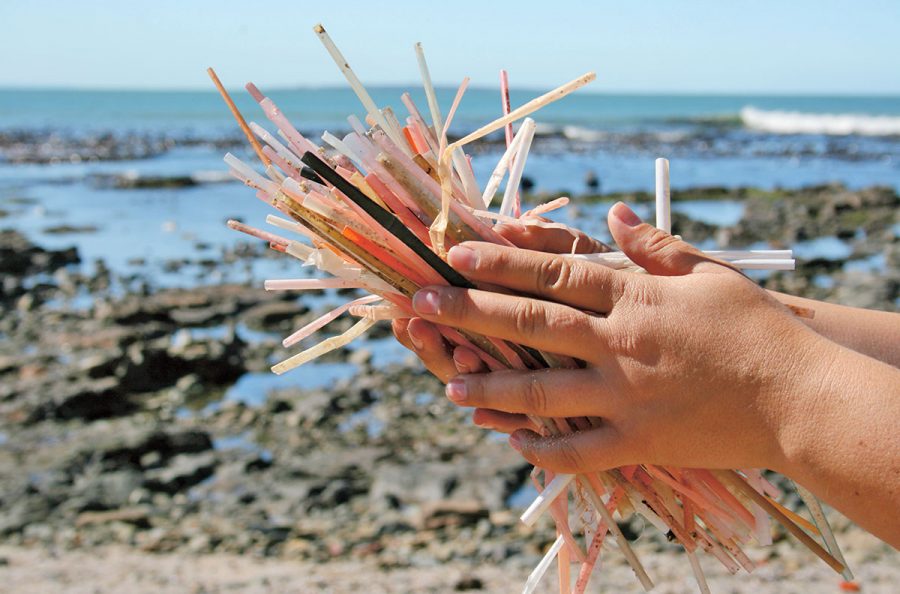
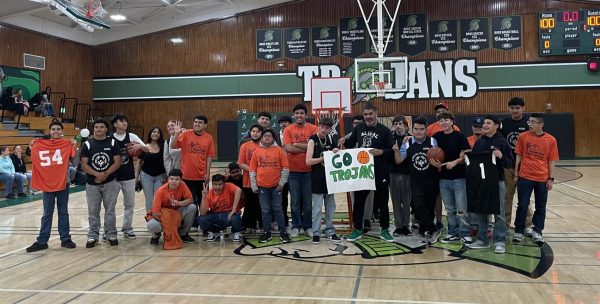

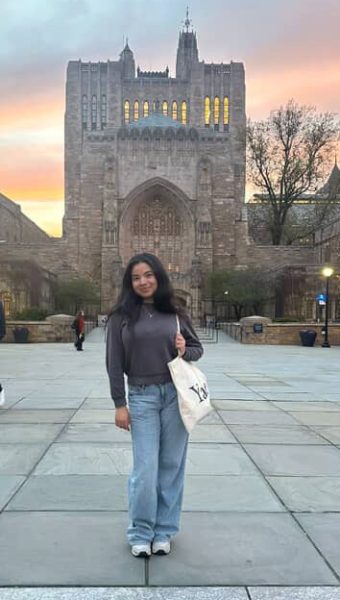
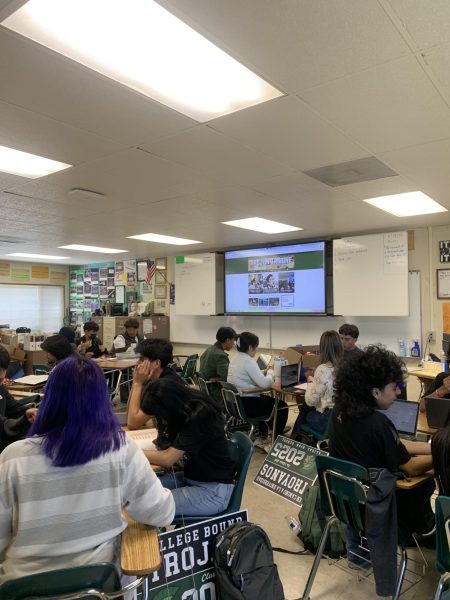

Argenis • Sep 24, 2018 at 1:46 pm
Sheesh, reading this story has made me aware of the problems that come with plastic straws. Thanks Liz, I’ll be sure not to use plastic straws again!
Argenis • Sep 24, 2018 at 1:43 pm
Wow, interesting story.